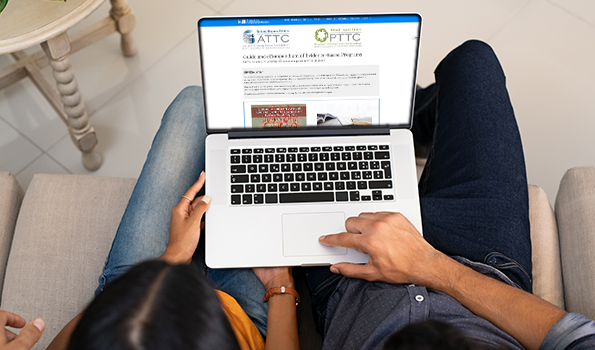Home > Evidence-Based Programs, Policies, and Practices Toolkit

In support of SAMHSA’s guidance document “Selecting Best-fit Programs and Practices: Guidance for Substance Misuse Prevention Practitioners,” the Pacific Southwest PTTC is developing a number of tools to help prevention practitioners operationalize this guidance and make a “best fit” selection for their evidence-based programs, policies, and practices (EBPPPs). Below are the tools we have created to date; more will be added over time.
We recommend that you begin by downloading and reviewing SAMHSA’s guidance document, and then organize and prioritize your data to narrow down the types of interventions you are looking for. Then, start your search with various online registries for evidence-based prevention! After finding various options, dig deeper into the literature to see if newer information is available (remember, registries don’t always have the resources to review all published research or update frequently) or to learn more information about the evidence of effectiveness and its implementation. The documents below can help you through both your online registry search and looking in the peer-reviewed literature.

In the past, many prevention practitioners relied on a single registry to find potential evidence-based programs and policies that are no longer available. The good news is other high-quality options exist! This document summarizes many available federal registries and online databases where prevention practitioners can begin their search for the “best fit” evidence-based prevention program, policy, or practice.

Sometimes prevention practitioners cannot find a program, policy, or practice that is an acceptable fit for their community on a federal registry or searchable database. The next best place to look is in the peer-reviewed literature to identify other options. This handout provides a brief overview of how to approach searching through peer-reviewed or scientific papers. It outlines steps for conducting an unbiased literature search and includes tips and tricks for a thorough search.

At times, prevention professionals will need to read journal articles to review the research completed on interventions to determine whether an intervention is an appropriate fit for their community and has sufficient evidence of effectiveness to meet local or state standards of evidence. This document is a compilation of resources to assist prevention professionals in enhancing their understanding of peer-reviewed journal articles. Topics covered include what “peer-reviewed” means, the purpose of each section of an article, step-by-step instructions on how to read an article, and types of study designs.

Prevention leaders are dedicated to improving the health of their communities through effective strategies to reduce substance misuse and its related consequences. Perhaps the most critical decisions that prevention staff weigh are what set of interventions to implement, typically with limited resources. This webinar recording introduces the best processes and resources available to use when making these critical decisions.
Webinar: Selecting Evidence-based Interventions: Finding the Best Fit

Finding programs, practices, and policies that have evidence of effectiveness in many different communities can be tricky. From the National Hispanic and Latino ATTC and PTTC, this eCompendium centralizes evidence-based programs for you to find programs that best fit Latino communities.

For indigenous populations, finding evidence-based programs and practices can appear to be challenging. Our colleagues at the National American Indian/Alaska Native PTTC developed the Native Prevention Repository Table to assist with locating culturally-appropriate programs, practices, and policies in prevention.
Repository of American Indian/Alaska Native Prevention Programs

In development, the Pacific Southwest PTTC is creating a tool to compare potential EBPPPs along the three “best fit” criteria: evidence of effectiveness, conceptual fit, and practical fit. This worksheet will allow you to enter in information about potential EBPPPs, score them along key criteria, and make your final selection!